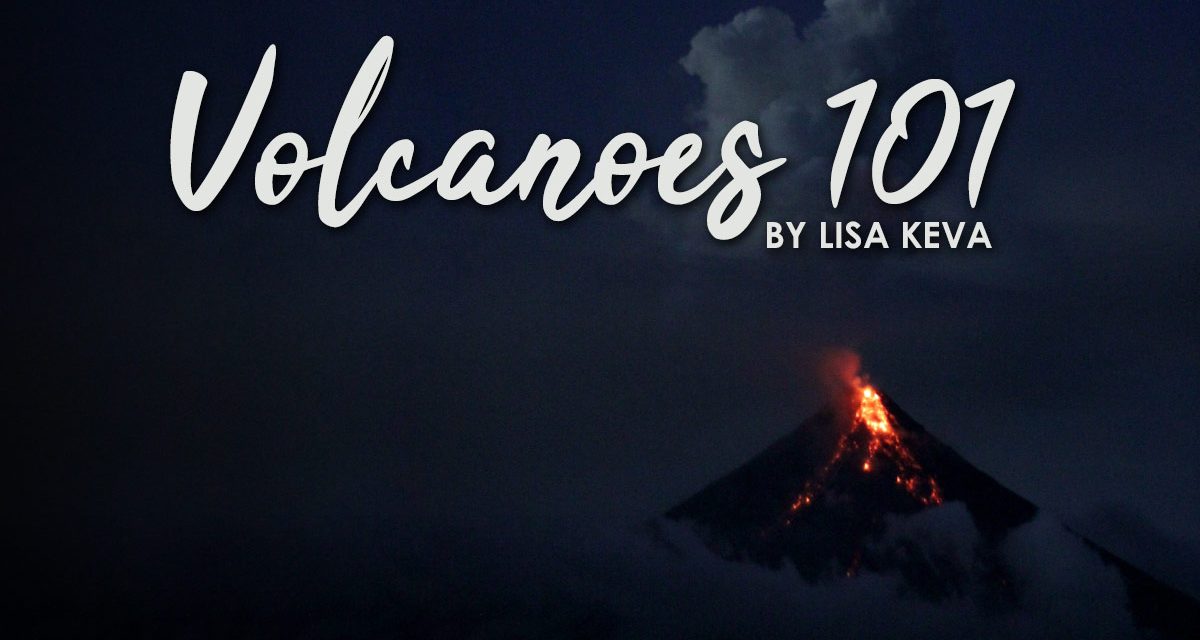If you’ve been keeping up with the news lately, you’ve noticed that the earth has certainly been active! Believe it or not, the earth is always active. In certain regions, earthquakes and volcanic activity happen daily. Between the recent televised earthquakes and volcanic eruptions, young scientific minds are inquiring about the how and why! Continuing on from a A Beginner’s Guide to Teaching Plate Tectonics, let’s talk about the basics of volcanoes.
What is a volcano? Simply put, a volcano is a break in the crust of the earth that allows hot lava, ash, and gases to escape from a magma chamber. A magma chamber is a large pool of hot liquid rock beneath the surface of the Earth.
Where do volcanoes usually occur? The majority of volcanoes occur where tectonic plates are diverging (spreading apart) or converging (two plates are coming together or one plate is sliding under the other). Thus, volcanoes can happen all over the world where two plate boundaries exist, but are mostly found in a ring around the Pacific Ocean called “The Pacific Ring of Fire.”
Are there different types of volcanoes? Yes! The 3 main types of volcanoes are: Shield, Composite, and Cinder Cones.
*Shield volcanoes resemble a plate turned upside down with gently sloping sides. Kilauea and Mauna Loa in Hawaii are modern day examples of Shield volcanoes.
*Composite volcanoes are the towering, violently exploding, and potentially life altering giants that people commonly depict in drawings and science projects. Examples are Mount St. Helens in the United States, and Mount Pinatubo in the Philippines.
*Cinder cones are composed of volcanic cinders, or small, rough particles of hardened lava. The Taal Volcano in the Philippines is an example of a Cinder Cone.
Though awesome and scary, volcanoes are a part of our amazing earth and God’s creation!
Luke 19:40 But Jesus answered, “I tell you, if these become silent, the stones will cry out!”
Check out other resources about volcanoes at Rainbow Resource Center!





